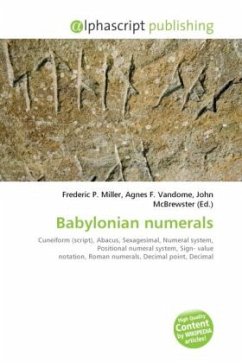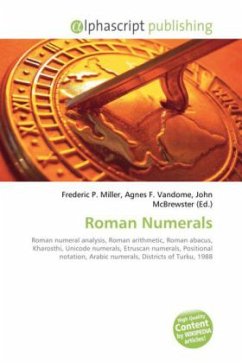High Quality Content by WIKIPEDIA articles! The traditional counting system used in the Welsh language is vigesimal, i.e. based on twenties, as in the French numerals for 60-99, where numbers from 11 14 are "x on ten", 16 19 are "x on fifteen" (though 18 is more usually "two nines"); numbers from 21 39 are "1 19 on twenty", 40 is "two twenty", 60 is "three twenty", etc. There is also a decimal counting system, which is widely used, especially in Patagonian Welsh, where numbers are "x ten y" unit(s), e.g. thirty-five in decimal is tri deg pump (three ten five) while in vigesimal it is pymtheg ar hugain (fifteen itself "five-ten" on twenty). There is some syntactically and phonologically triggered variation in the form of numerals. There are, for example, masculine and feminine forms of the numbers "two" (dau and dwy), "three" (tri and tair) and "four" (pedwar and pedair), which must agree with the grammatical gender of the objects being counted. The numerals for "five", "six" and "hundred" (pump, chwech and cant) also have reduced forms (pum, chwe, can) when they precede the object they are counting.
Bitte wählen Sie Ihr Anliegen aus.
Rechnungen
Retourenschein anfordern
Bestellstatus
Storno








